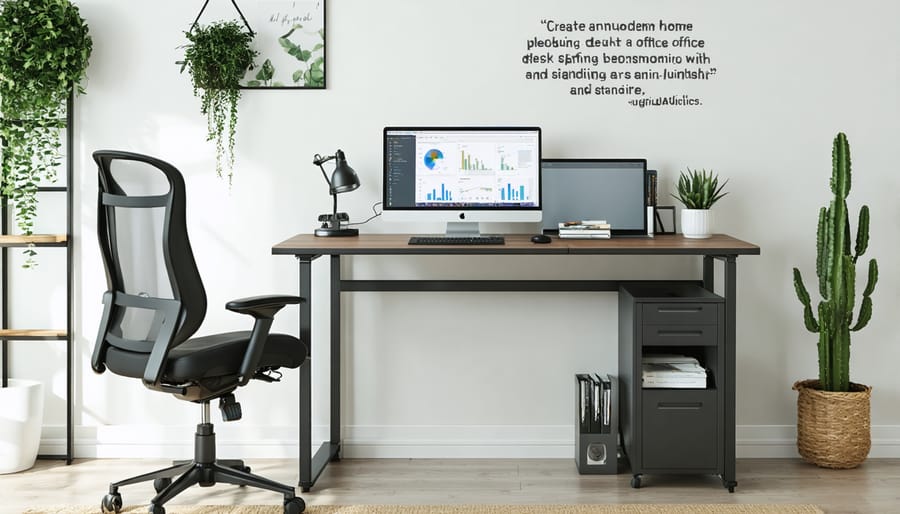Build your own closet with confidence using these expert tips: Closet kits make assembly a breeze by providing pre-cut pieces and clear instructions. Measure your space precisely and choose a design that maximizes storage while fitting the room’s layout. Install a secure mounting rail, ensuring it’s level, then attach vertical panels and shelving components per the manufacturer’s guide. Customize with additional rods, drawers or accessories to suit your needs. With careful planning and execution, you’ll have a sturdy, organized closet tailored to your home.
Planning Your Closet Design
Evaluating Your Space and Needs
Before you start building your closet, take the time to evaluate your space and storage needs. Measure the dimensions of the area where you plan to install the closet, including the height, width, and depth. Consider any obstacles like windows, doors, or electrical outlets that may impact your design. Assess your current storage requirements by taking inventory of the items you need to store, such as clothing, shoes, and accessories. Think about how you want to organize these items and what type of storage solutions, like shelves, rods, or drawers, would work best for you. Don’t forget to anticipate future storage needs as well. If you’re planning a wedding or expecting a new baby, factor in extra space for those life changes. By thoroughly evaluating your space and needs upfront, you’ll be able to create a functional and efficient closet that meets your specific requirements.
Creating a Closet Layout
Before you start building your closet, it’s crucial to create a layout that maximizes space and suits your needs. Grab a pencil and paper, and roughly sketch your closet’s dimensions. Consider what you’ll be storing and how much hanging versus shelf space you require. Think vertically and utilize the full height of your closet. Incorporate a mix of hanging rods, shelves, and drawers to accommodate various items. Don’t forget to plan for easy access and leave room for larger items like suitcases or storage bins. Play around with different configurations until you find a layout that optimizes every inch of your closet. Remember, a well-designed closet layout is the foundation for an organized and functional storage space.

Gathering Materials and Tools
Before diving into your DIY closet project, make sure you have all the necessary materials and tools on hand. You’ll need: – Plywood or MDF boards for the closet frame and shelves – Wood screws (1-1/4″ to 2-1/2″) – L-brackets and wall anchors for added support – Closet rod and rod holders – Measuring tape, pencil, and level for precise measurements – Circular saw or handsaw for cutting the boards – Drill or screwdriver for assembly – Sandpaper (80-120 grit) to smooth cut edges – Wood filler and putty knife for filling screw holes – Paint or stain of your choice for the finishing touch Tip: Measure your closet space carefully and calculate the amount of materials needed before purchasing to avoid waste. If you’re unsure about cutting the boards yourself, most hardware stores offer cutting services for a small fee. When selecting your closet rod, consider the weight of the clothing you plan to hang to ensure it’s sturdy enough. Lastly, don’t forget safety gear like goggles and a dust mask when cutting and sanding the boards. With these materials and tools ready, you’ll be well-prepared to tackle your closet-building project with confidence!

Step-by-Step Closet Building Process
Framing the Closet
To begin framing your closet, measure the width and depth of the designated space. Cut two pieces of 2×4 lumber to the width, and two more to the depth, subtracting 3 inches to account for the thickness of the walls. These will form the top and bottom plates of your frame. Next, measure the height from floor to ceiling and subtract 3 inches. Cut enough 2×4 studs to this length to place them every 16 inches along the width of the frame. Attach the studs to the top and bottom plates using 3-inch wood screws, ensuring they are straight and level. With the frame assembled, position it in the closet space and use a level to ensure it is plumb. Once correctly aligned, secure the frame to the floor and ceiling joists or wall studs using 3-inch wood screws. For added stability, install horizontal blocking between the studs at the midpoint of the frame’s height. If your closet requires a door, measure the rough opening and construct a separate frame using 2x4s, following the same process as the main frame. Attach the door frame to the main frame using 3-inch wood screws, making sure it is square and plumb. With the framing complete, you’re ready to install drywall or your preferred wall covering. Remember to wear safety glasses and a dust mask when cutting lumber, and always double-check your measurements for a professional-looking result. With careful planning and execution, you’ll have a sturdy closet frame that will serve as the foundation for your new storage space.

Installing Shelving and Rods
Now that your closet frame is built, it’s time to install the shelving and rods. Start by measuring the inside dimensions of your closet to determine the length of shelving and rods needed. For a standard closet, you’ll likely want one or two shelves above a hanging rod. Cut your shelving material to the desired length using a saw. If you’re using wire shelving, you may need to cut the wire with wire cutters. For wooden shelves, sand the cut edges for a smooth finish. Next, install shelf brackets along the side walls of your closet frame. Use a level to ensure they are straight and evenly spaced. Attach the brackets securely to the frame using screws and a drill. Place your cut shelves onto the brackets and check that they are level. You can secure the shelves to the brackets with screws for added stability. For the hanging rod, measure and cut a closet rod to the desired length. Attach rod brackets to the closet frame, ensuring they are level and at a height suitable for hanging clothes. Place the rod into the brackets and secure it with screws if necessary. Consider adding additional features like a second hanging rod or adjustable shelving for versatility. With your shelves and rods installed, your DIY closet is nearly complete. All that’s left is to add any desired finishing touches and start organizing your belongings in your new, custom closet space.
Finishing Touches
Now that your closet is built, it’s time to add the finishing touches that will make it look polished and professional. Start by painting the closet in a color that complements your room’s décor. Consider using interior paint colors that are light and bright to make the space feel larger and more inviting. Once the paint is dry, apply caulk to any gaps or seams to create a seamless look. Next, add trim or molding to the edges of the closet for a more finished appearance. You can choose from a variety of styles, such as simple baseboards or more ornate crown molding, depending on your personal taste and the overall style of your room. Finally, organize your closet to maximize storage space and make it easy to find what you need. Consider installing shelves, hanging rods, or drawers to keep your belongings neat and tidy. You can also use baskets, bins, or boxes to store smaller items and keep them easily accessible. With these finishing touches, your DIY closet will not only be functional but also a beautiful addition to your home. Enjoy your new space and the satisfaction of having built it yourself!
Conclusion
Building a simple closet is a rewarding project that can transform your storage space and improve your home’s organization. By following the steps outlined in this guide, you’ll be well on your way to creating a functional and attractive closet that meets your needs. Remember to measure carefully, choose quality materials, and take your time during the assembly process. With a little patience and effort, you’ll soon be enjoying the benefits of a well-designed closet that keeps your belongings neat and accessible. So, gather your tools, select your materials, and start building today – your dream closet awaits!
Additional Resources
Looking for more guidance on building your closet? Check out these helpful resources: – Our video tutorial series walks you through the process from start to finish – Download our printable closet plans for various sizes and configurations – Read our article on essential DIY skills every homeowner should know – Browse our closet design inspiration gallery for creative ideas – Visit our tools and materials guide for recommendations on what you’ll need With these additional resources at your fingertips, you’ll be well-equipped to tackle your closet project with confidence. Happy building!





